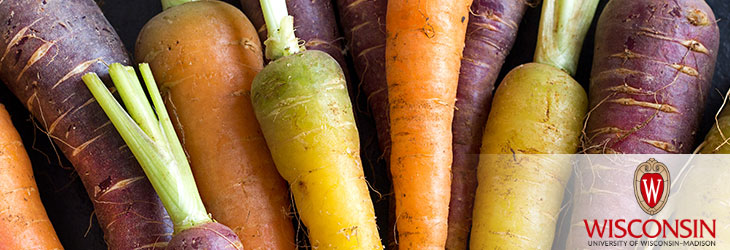Animals, Agriculture & Food

Warfarin Promoter
WiSys: T100001US02
Inventors: David Lewis, Michael Caldwell
Overview
Warfarin is a “first-generation” anticoagulant that has been widely used as a multiple feeding rodenticide for more than 60 years. The prolonged use of warfarin as a rodenticide has, according to some accounts, led to the evolution of warfarin-resistant rodents. More powerful “second-generation” anticoagulant rodenticides were developed and introduced to combat resistance and kill rodents with a single feeding, but there are environmental concerns due to inadvertent poisoning larger predatory animals that ingest poisoned rodents. Recent EPA restrictions on rodenticides using second-generation anticoagulants have created a need for more potent first generation anticoagulants, i.e. warfarin. There is a great need specifically for new compounds that can be paired with first generation poisons to give enhanced rodenticide qualities that can kill rodents in a single feeding.
The Invention
Researchers at UW-Eau Claire and Marshfield Clinic have developed a new class of compounds that enhance the anticoagulant activity of warfarin when co-administered. When the compound is paired with warfarin, they quadruple the anticoagulant activity when compared to warfarin alone. Additionally, preliminary animal tests show the compounds are not toxic when administered alone.
Applications
- As a synergistic rodenticide with warfarin
Key Benefits
- Increases warfarin anticoagulant activity by up to 4x
- Non-toxic when administered without warfarin
- Likely not classified as a pesticide by the EPA
Stage of Development
Compounds have been synthesized and initial testing for anticoagulant activity has been completed. It is currently being tested for specific anticoagulant activity to help improve design of the adjuvant.
For current licensing status, please contact Jennifer Souter at [javascript protected email address] or (608) 316-4131